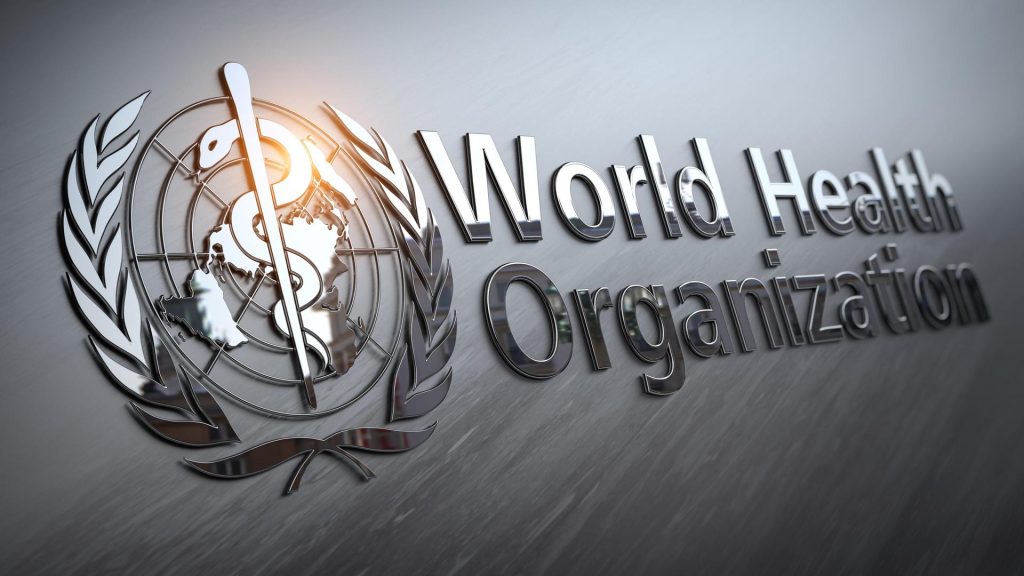In response to imminent monsoon and flash flood threats, the World Health Organization (WHO), together with Pakistan’s health ministry and partners, launched a comprehensive Monsoon Contingency Plan 2025. The goal is to protect 1.3 million vulnerable individuals living in 33 high‑risk districts across Punjab, Sindh, Balochistan, and Khyber Pakhtunkhwa.
Priority Support to At-Risk Populations Including Children and Pregnant Women
The initiative specifically targets the most at-risk groups:
- Children under five
- Pregnant and breastfeeding women
- Elderly individuals
- Persons with disabilities
- Internally displaced populations
- Underserved communities in flood-prone districts
Efforts focus on ensuring these populations receive uninterrupted healthcare and emergency services during monsoon-related disasters.
Prepositioned Medical Supplies to Ensure Rapid Response
Health authorities are stockpiling essential medical supplies including trauma kits, antibiotics, IV fluids, and vaccinesin vulnerable districts to ensure immediate availability at the onset of floods or health emergencies.
Strengthened Disease Surveillance and Outbreak Control Systems
WHO and government teams are reinforcing early warning systems and disease surveillance to detect and rapidly respond to outbreaks of waterborne and vector-borne illnesses like cholera, hepatitis, malaria, dengue, and acute diarrheal diseases commonly triggered by monsoon flooding.
Water, Sanitation, and Hygiene (WASH) Improvements in Healthcare Facilities
To reduce infection risk, especially in flood-affected areas, hospital and field health facility upgrades include clean water access, safely managed sanitation blocks, handwashing stations, and effective waste disposal systems.
healthcare Delivery Boosted via Mobile Units and Telemedicine
The plan includes deployment of mobile medical outreach teams and use of telehealth platforms to maintain essential care in isolated areas. This ensures continuous treatment and consultation even when infrastructure is damaged or access is limited due to flooding
Regional Health Forum to Coordinate Emergency Operations
The Monsoon Contingency Plan was finalized during a meeting of Pakistan’s Health Sector Coordination Forum, chaired by the Director General Health and co-led by WHO. The forum ensures coordinated action among federal and provincial health departments, NGOs, and international partners.
Scale and Scope: 33 Districts Across Four Provinces
The plan covers 10 high-risk districts each in Punjab and Sindh, nine in Balochistan, and four in Khyber Pakhtunkhwa. The strategy ensures geographic balance and aligns resources with regional vulnerability during monsoon season.
Context: Pakistan Among World’s Most Climate-Vulnerable Countries
As one of the top ten countries affected by climate change, Pakistan faces recurrent flooding and health crises. Early monsoon rains have already caused more than 79 deaths and over 140 injuries in the current season, highlighting the urgent need for preparedness.
Comprehensive Emergency Health Framework to Save Lives
WHO emphasized the urgency of pre-connected partnerships, stating that timely readiness and emergency coordination are vital to minimize mortality, prevent disease spread, and keep health services functioning during climate emergencies.
Public Engagement and Community Resilience Measures
The plan includes public awareness on hygiene, safe drinking water, flood preparedness, and early symptoms of waterborne and vector-borne diseases. Community engagement will be expanded via local health workers and media campaigns.
Strategic Takeaway: Timely Action to Build Prepared Health Systems
The Monsoon Contingency Plan reinforces the importance of proactive health emergency systems amidst climate-driven disasters. By combining surveillance, supply preparedness, WASH, outreach, and technology tools, WHO and Pakistan are working to strengthen resilience and safeguard millions this monsoon season.



Comments (0)
No comments yet. Be the first to comment!
Leave a Comment